Thermal binoculars have become essential tools for wildlife enthusiasts, night hunters, and anyone needing clear vision in complete darkness or low light conditions. The main advantages of thermal binoculars include their ability to detect heat signatures in environments where traditional optics fail, making them highly effective for a range of applications. These advanced devices allow users to see beyond the limitations of traditional optics, making them invaluable for night vision, wildlife observation, security, and search and rescue operations. Utilizing infrared sensors to detect heat, thermal binoculars provide recognition of objects even in low-light or no-light conditions. Essentially, a thermal binocular is a specialized thermal imager designed to enhance detection and situational awareness. In this guide, we’ll explore the best thermal binoculars on the market, their key features, and how to select the perfect model to suit your needs.
Key Takeaways:
- Thermal binoculars deliver superior performance in low light and complete darkness, making them suitable for night hunting and wildlife observation.
- Choosing thermal binoculars requires careful consideration of factors such as detection range, image quality, and features like laser rangefinders and digital zoom.
- Understanding the underlying technology of thermal optics—including infrared radiation and pixel pitch—is crucial for making an informed purchase.
Understanding Thermal Imaging Binoculars
Thermal imaging binoculars employ infrared sensors to detect heat emitted by objects, highlighting temperature differences to create a clear image. This is how thermal binoculars work: by capturing infrared radiation, they generate thermal images that allow users to see heat signatures regardless of lighting conditions. Unlike traditional night vision optics that depend on ambient light, thermal binoculars capture infrared radiation, enabling them to function flawlessly in total darkness and recognize objects at various distances.
One of the primary advantages of thermal vision binoculars is their ability to detect heat signatures over long distances and through obstacles such as fog, smoke, and foliage. These advanced thermal imagers utilize cutting-edge technologies, such as high-resolution sensors and image processing systems, to reveal details invisible to the naked eye, making them indispensable for activities like night hunting and search and rescue. With the right thermal binoculars, users gain enhanced detail and object recognition in challenging environments.
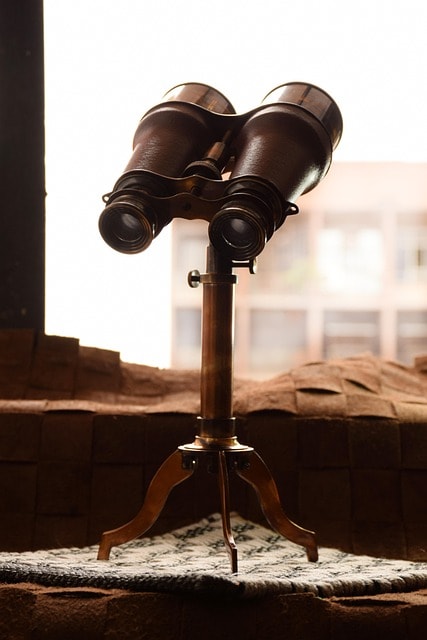
Types of Thermal Imaging Devices
Thermal imaging devices come in various forms, each tailored to different applications and preferences. The most common types include thermal imaging binoculars, thermal monoculars, and thermal goggles.
Thermal imaging binoculars provide an immersive dual-eye viewing experience with superior depth perception and a wider field of view. Their dual-lens design offers enhanced detail and comfort during prolonged use, making them ideal for hunting and wildlife observation where scanning large areas is essential.
Thermal monoculars are compact and lightweight, perfect for users who value portability. Operable with one hand, they suit surveillance, security, and quick field observations. Monoculars have one objective lens, which distinguishes them from binoculars that use two objective lenses for improved image quality and depth perception. Despite having a single objective lens, many models deliver impressive detection ranges and image quality at a more accessible price point.
Thermal goggles allow hands-free operation and are commonly used in tactical or search and rescue scenarios. They excel at short-range detection and enable users to maintain thermal vision while moving freely.
When selecting a thermal imaging device, consider detection range, image quality, and additional features such as digital zoom or built-in laser rangefinders. Some advanced models combine multiple functions, like thermal imaging and rangefinding, into a single device for added convenience. Each type has unique strengths, so choose based on your specific needs and intended use.
Key Features of Thermal Binoculars
When selecting thermal binoculars, several features are critical to consider. Detection range determines how far you can see with the device—longer ranges are ideal for spotting wildlife or tracking targets from afar. Some larger models offer superior performance, providing better range and accuracy, though they may be heavier and bulkier.
Image quality is equally important. High-resolution thermal binoculars produce sharper, clearer images, revealing more detail. Pay attention to pixel pitch, which influences image sharpness, and the availability of color palettes. Many models now include color pallets options that help visually distinguish objects based on temperature differences, making it easier to interpret thermal signatures and identify targets.

The Role of Infrared Sensors
Infrared sensors are the core component of thermal imaging devices. They detect infrared radiation emitted by objects and translate it into a visible image. The quality of these sensors directly affects detection range and image clarity. Advanced thermal binoculars often incorporate multiple infrared sensors, enhancing accuracy and widening the field of view—beneficial for quickly scanning expansive areas.
When evaluating thermal binoculars, assess the type and quality of the infrared sensors to ensure optimal performance. The user can also adjust settings or calibration modes to further optimize sensor performance for specific environments or tasks.
Importance of Battery Life
Battery life is a vital consideration for thermal binocular users. Devices with short battery life can be inconvenient during extended outdoor activities. Look for models with built-in batteries, as these integrated, rechargeable options often provide long-lasting use, support waterproof and streamlined designs, and are cost-effective for frequent use.
Keep in mind that features like wireless connectivity may consume additional power. Choose a battery type that fits your usage patterns, whether built-in, rechargeable, or replaceable. Also, be aware of the extra cost associated with purchasing spare batteries or premium battery options if you anticipate prolonged use.
Moisture Protection and Durability
Since thermal binoculars are often used in harsh environments, durability and moisture protection are essential. Opt for models with rugged construction and features to prevent internal fogging, ensuring reliable performance in humid or wet conditions.
Robust thermal binoculars withstand rough handling and adverse weather, protecting your investment from damage caused by rain or condensation.
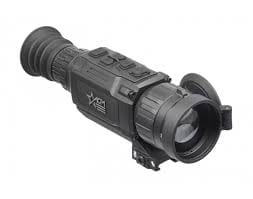
The Benefits of Digital Zoom
Digital zoom enhances thermal binoculars by magnifying images without physically approaching the target. This feature is especially useful for trophy hunting or observing wildlife at a safe distance.
However, digital zoom can sometimes reduce image quality. When choosing binoculars, find the right balance between zoom capability and clarity. Some models combine optical and digital zoom for superior results.
Built-in Laser Rangefinder
Many advanced thermal binoculars include a built-in laser rangefinder, enabling precise distance measurement to targets. This feature is invaluable for hunters, as accurate distance information improves tracking and shot placement.
The rangefinder works by emitting a laser beam and calculating the time it takes to reflect back, delivering exact distance data. Some models also allow users to connect wirelessly to stream or share thermal images, providing convenient real-time collaboration or documentation. Additionally, these devices can connect to other devices such as smartphones or tablets, enhancing functionality and compatibility with various optical systems or recording equipment.
Choosing the Right Thermal Binoculars
Selecting the ideal thermal binoculars depends on your specific needs. Consider detection range, image quality, and extra features like laser rangefinders to enhance functionality. Your intended use—whether night hunting, wildlife observation, security, or search and rescue—should guide your choice. Be sure to select a model that is suitable for your specific activity to ensure optimal performance in the environments you encounter.
Night hunters may prioritize long detection ranges and superior low-light performance, while wildlife enthusiasts might focus on image clarity and color palette options. Understanding these factors helps you make an informed decision and pick the best thermal device for your activities.

Thermal Photography and Its Applications
Thermal photography, enabled by thermal imaging technology, captures heat signatures to reveal details invisible to the naked eye, including object temperatures. This is especially valuable for wildlife observation, allowing users to study animals without disturbance.
Beyond wildlife, thermal photography serves security, search and rescue, and artistic purposes. Capturing heat patterns opens new avenues for creativity and practical use. With the right thermal binoculars, users can explore the world from a fresh perspective.
Hunting with Thermal Binoculars
Thermal binoculars have revolutionized hunting by giving hunters a distinct advantage in the field. They allow detection and tracking of animals in complete darkness and through obstacles like smoke, dust, or dense foliage. Features such as integrated laser rangefinders provide a hunter with accurate distance measurements, improving target identification and tracking game during and after the shot. This capability enables spotting game at greater distances, facilitating better planning and increasing success rates.
Thermal imaging also helps hunters identify the number and species of animals present, supporting informed decision-making. Many hunters rely on thermal binoculars for tracking game after the shot and navigating difficult terrain, making them essential tools for challenging hunting conditions. When choosing thermal binoculars for hunting, prioritize detection range, image quality, and battery life to ensure clear identification and reliable operation during extended hunts.
Always check local regulations regarding thermal imaging device use in hunting, as rules vary by region. For serious hunting activities, thermal binoculars are a must have, leading to safer, more effective, and rewarding hunting experiences.
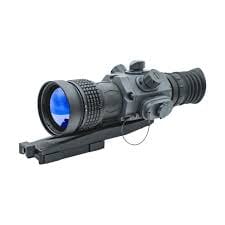
Understanding Color Palettes
Color palettes are crucial in thermal imaging, representing temperature differences to help users distinguish objects by heat emission. Different palettes can enhance visibility and object identification. Common palettes include white-hot, black-hot, and various rainbow schemes.
Choosing the appropriate palette depends on the environment and task. For instance, white-hot suits general observation, while black-hot may offer better contrast in specific conditions. Experimenting with palettes helps users find the most effective option.
The Role of Lenses in Thermal Binoculars
Lenses significantly influence thermal binocular performance. High-quality lenses ensure clear images and accurate heat detection. Consider lens type and quality when evaluating models.
Some binoculars feature a single objective lens, while others use dual lenses for improved image quality and stereo perception. Dual-lens binoculars provide a more immersive experience, beneficial for nighttime observation, hunting, and security. Lens choice also affects magnification and field of view, so select accordingly.
The Impact of Pixel Pitch on Image Quality
Pixel pitch—the distance between sensor pixels—is key to image quality. Smaller pixel pitch yields higher resolution and sharper images.
When selecting thermal binoculars, consider pixel pitch to ensure clear, detailed images that facilitate object recognition and tracking, especially important for night hunting and wildlife observation.
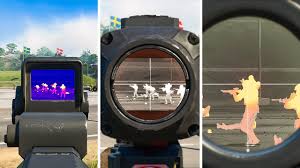
Additional Features to Consider
Many thermal binoculars offer extra features that enhance usability, such as built-in laser rangefinders, moisture protection, and wireless connectivity.
Evaluate these features against their cost and your needs. For example, a laser rangefinder aids distance measurement, while wireless connectivity enables image sharing. Choosing the right combination maximizes value and functionality.
The Advantages of Thermal Monoculars
Thermal monoculars provide a compact, lightweight alternative to binoculars, ideal for quick observations and portability.
Often more affordable, monoculars still offer heat detection and low-light functionality. For budget-conscious users seeking versatility, thermal monoculars are a practical option.
Maintenance and Care
To maintain peak performance, regularly clean your thermal binocular lenses with specialized solutions and soft cloths to prevent scratches and preserve image quality.
Store devices in cool, dry places to avoid moisture and temperature damage. Regularly check and replace or recharge batteries to prevent power loss or leakage.
Protect binoculars from humidity and rain to prevent internal fogging or corrosion. Follow manufacturer maintenance guidelines and consider professional servicing as recommended to prolong device lifespan and ensure consistent performance.
The Future of Thermal Optics
Thermal optics technology continues to advance rapidly, with improvements in sensor sensitivity, image processing, and connectivity enhancing device capabilities.
As these innovations make thermal binoculars more accessible and affordable, new opportunities arise for users across wildlife observation, security, and beyond. Staying informed on developments helps users leverage the best available thermal optics.
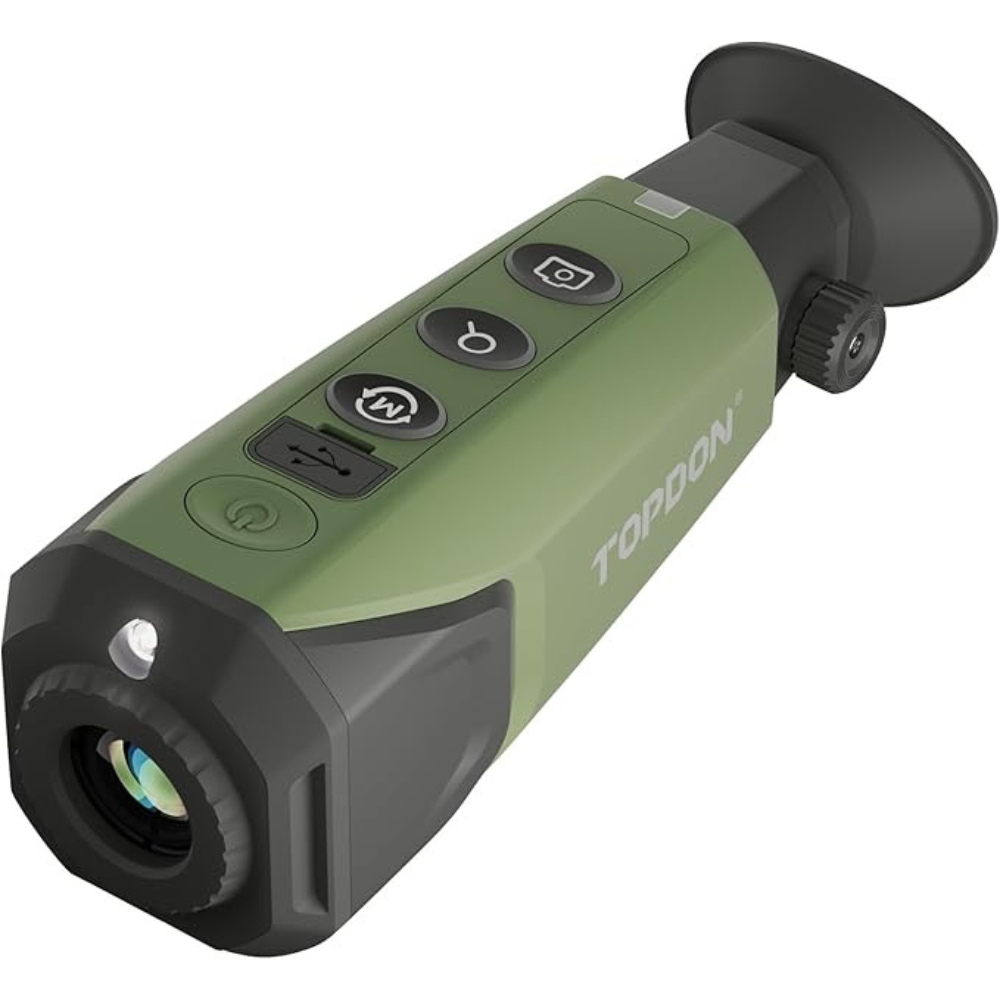
Best Thermal Binculars
Thermal Monocular, Supported Wireless Connection, Thermal Night Vision
Summary
Thermal binoculars are invaluable for anyone needing clear vision in darkness or low light. By understanding their key features and technology, users can confidently select the best thermal binoculars for their needs. Whether for wildlife observation, night hunting, or curiosity about thermal imaging, these devices offer a powerful way to explore the unseen world.
FAQ
What is the difference between thermal binoculars and night vision optics?
Thermal binoculars detect heat signatures using infrared sensors, enabling operation in complete darkness. Night vision optics amplify ambient light to form an image. Thermal binoculars excel in low light and can see through obstacles like fog and smoke.
How do I choose the right thermal binoculars for my needs?
Focus on detection range, image quality, and features like laser rangefinders and digital zoom. Consider your intended use—night hunting, wildlife observation, or security—and prioritize features that match those activities.
Can thermal binoculars be used in daylight?
Yes, thermal binoculars detect heat rather than relying on light, so they work in daylight. However, their advantages are most pronounced in low light or darkness, where heat detection provides superior visibility.

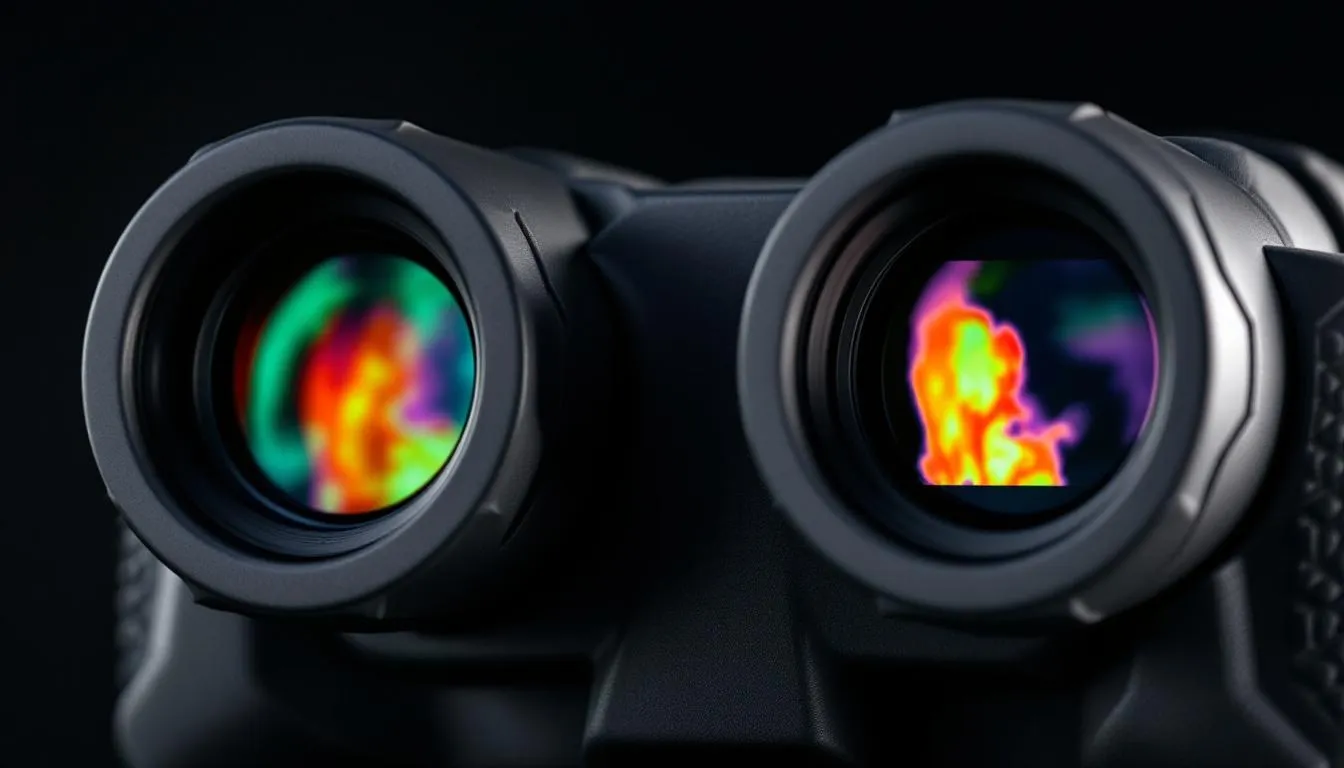

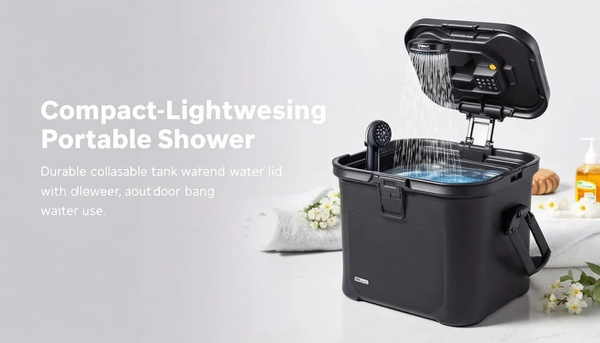
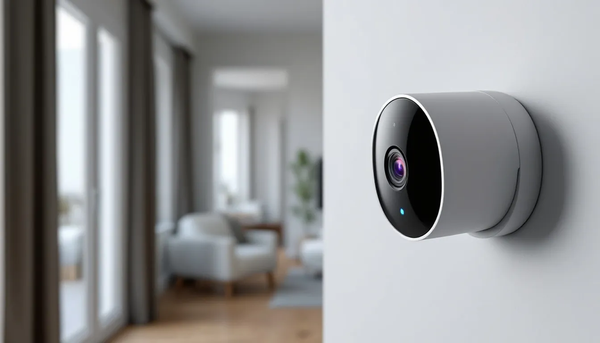
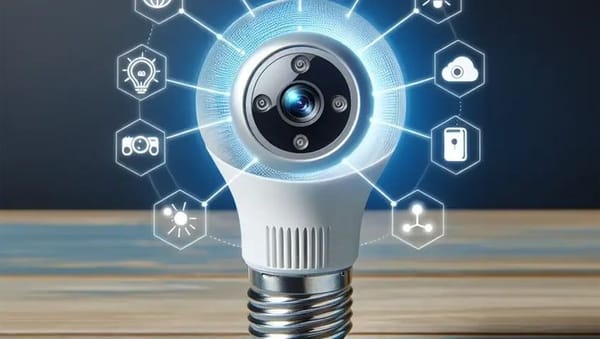
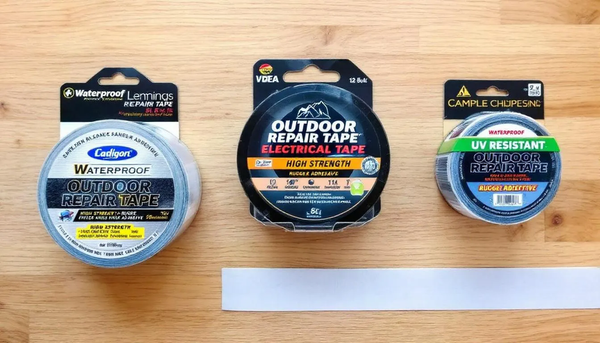
Member discussion